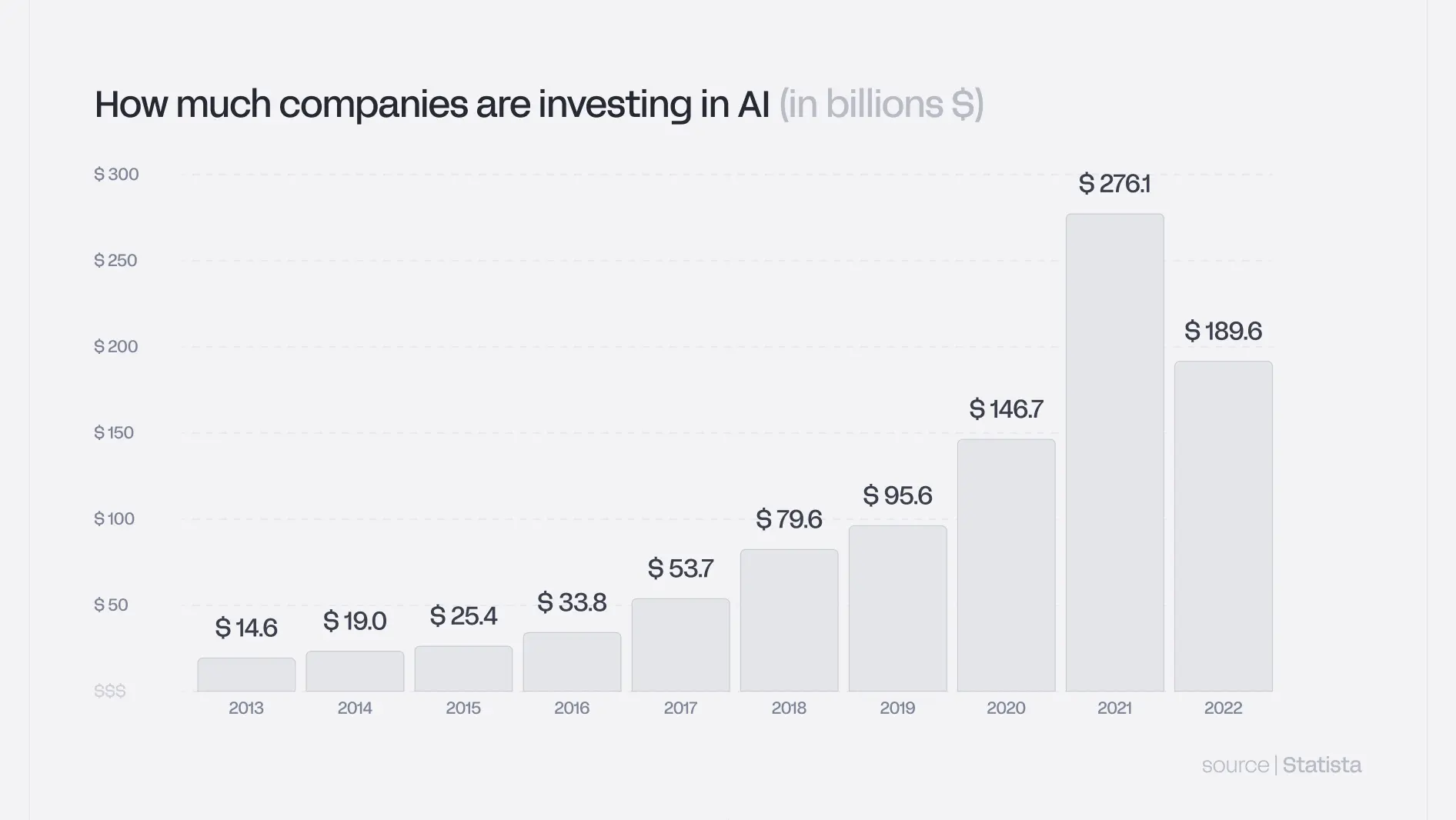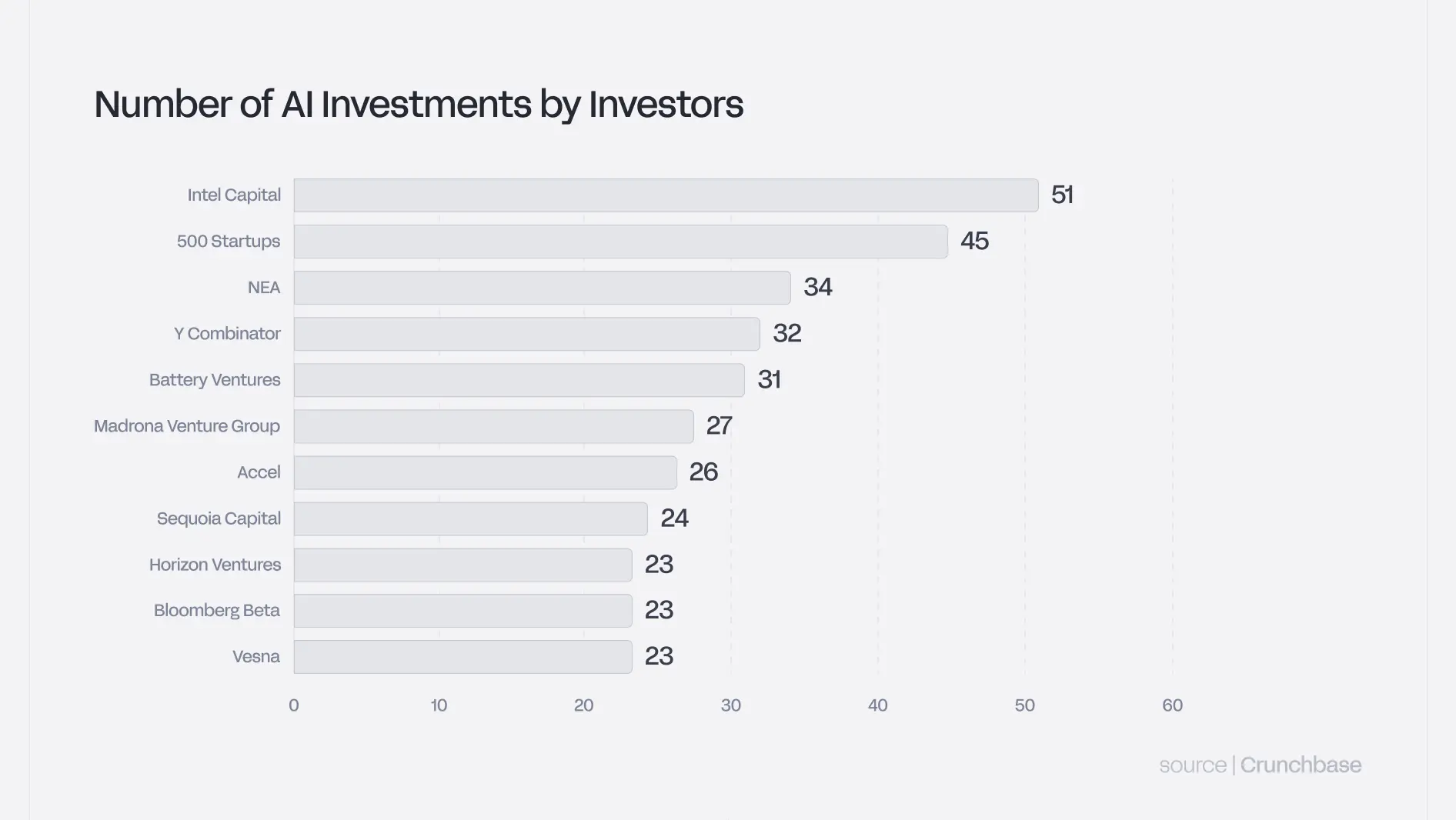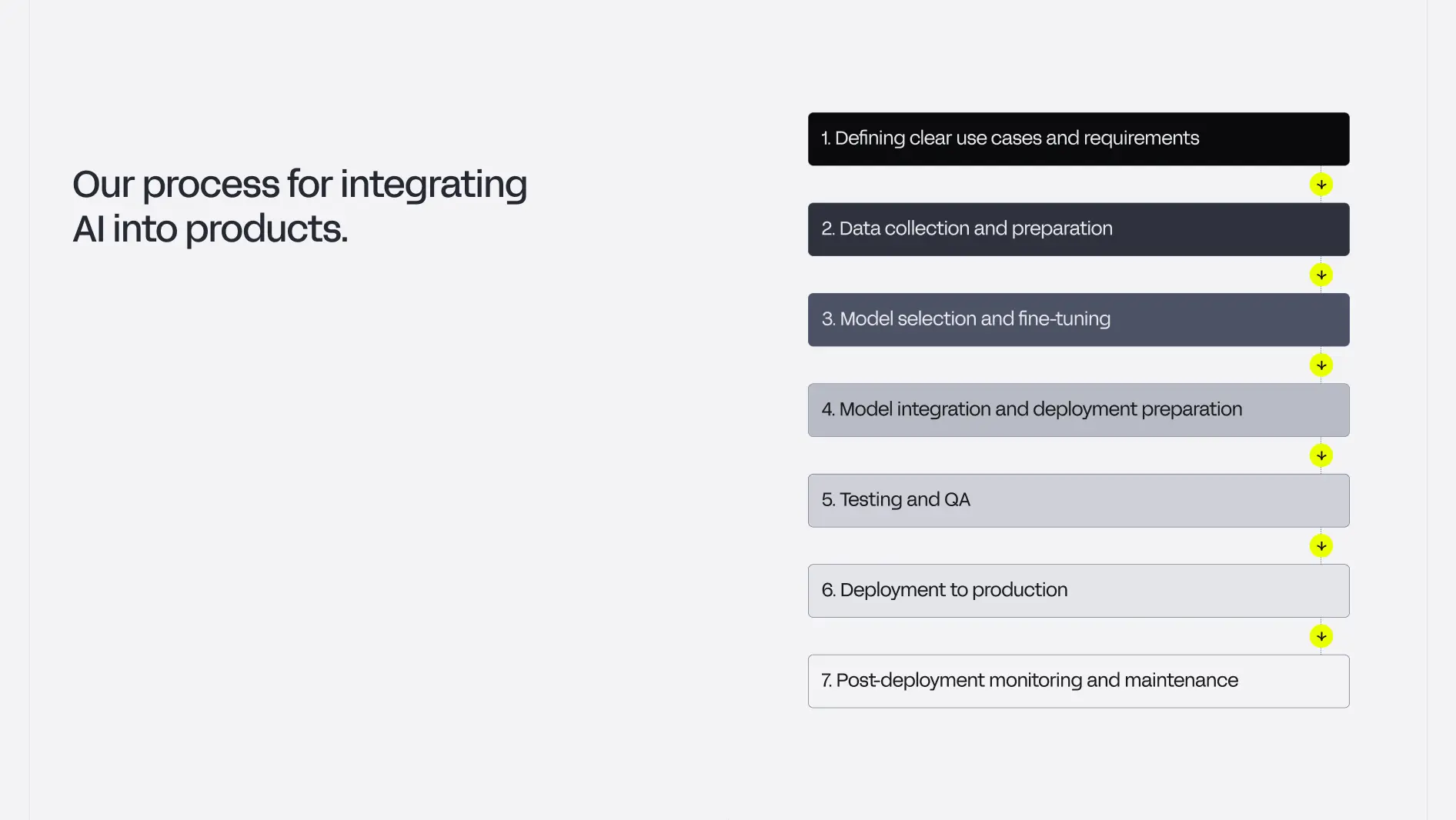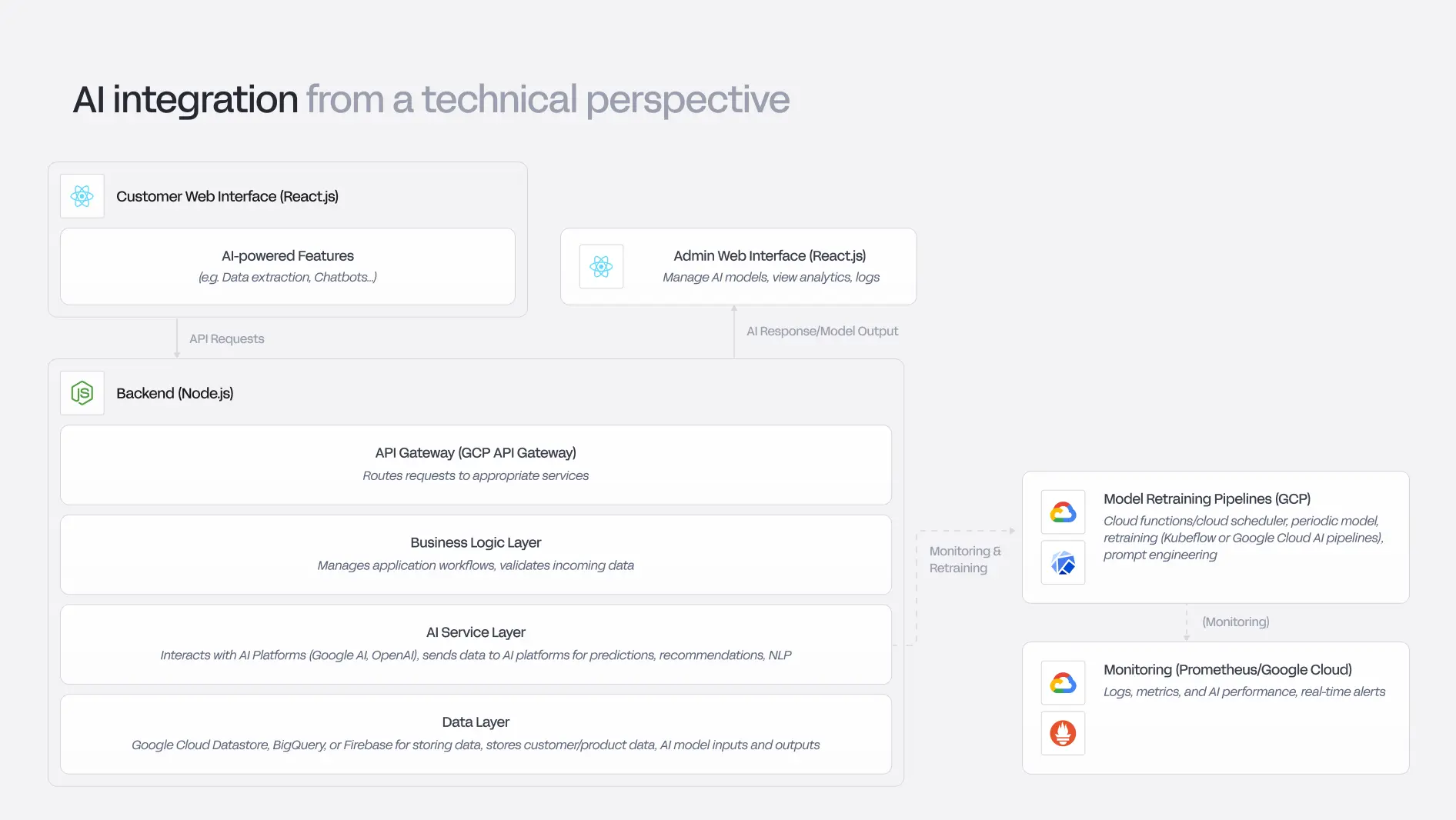Technology, Product Development
How to Build AI-Powered Products Without a Machine Learning Team.
In 2025, AI isn’t just a buzzword—it’s a competitive advantage. Companies integrating AI effectively are leaving others behind in both speed and scalability. Yet, for many businesses, turning the promise of AI into real product improvements still feels out of reach—especially without a dedicated machine learning team.
The good news? You don’t need one.
With today’s tools, pre-built models, and smarter workflows, you can infuse AI into your product without hiring a team of PhDs or building custom algorithms from scratch. Whether you're a startup or a scaling company, this guide is your blueprint to becoming an AI-powered business using your existing engineering resources.
The AI Hype is Real—But So is the Opportunity
We’ve seen cycles of hype before—dot-com, mobile, crypto, the metaverse—but AI is different. It's not just riding a wave of attention; it’s already reshaping industries like finance, healthcare, retail, and logistics. The line between AI-native and AI-powered businesses is becoming clearer, too.
- 👉 AI-native companies, like OpenAI, are built around AI.
- 👉 AI-powered companies use AI within their product to improve user experience, decision-making, and operations.
If your goal is to evolve into an AI-powered company, you’re in the right place.
Start With the Right Questions
Before jumping into tools or platforms, ask yourself:
- 📝 What’s the core business problem I’m solving?
- 📝 How can AI measurably improve that experience?
- 📝 Where can automation, personalization, or prediction drive value?
AI is powerful, but it’s not a silver bullet. The most impactful use cases come from clear, strategic thinking—not from chasing shiny features.
A 5-Step Framework to Integrate AI Into Your Product
You don’t need to reinvent the wheel. With this five-step approach, your current product team can start using AI effectively:
1. Identify High-Impact Use Cases
Look for areas where AI can:
- ✅ Automate repetitive tasks (e.g., customer support chatbots)
- ✅ Personalize user experiences (e.g., recommendations)
- ✅ Improve decision-making (e.g., predictive analytics)
Think beyond novelty—focus on ROI.
2. Use Pre-Built Models
Leverage platforms like:
- 🧠 OpenAI or Hugging Face for NLP and chat interfaces
- 🧠 Clarifai for image analysis
- 🧠 Google Cloud AI or AWS SageMaker for broader applications
These platforms offer battle-tested models you can fine-tune for your needs. No deep ML expertise required.
3. Fine-Tune and Integrate
Use tools like LangChain to integrate AI into your product logic and workflow. Or tap into LlamaIndex or Vercel AI SDK to build data-aware and fast frontends. With techniques like prompt engineering and few-shot learning, even minimal data can go a long way.
4. Monitor, Measure, Iterate
Use Datadog, CloudWatch, or custom dashboards to track model performance. Monitor for model drift, latency, and quality. Treat AI like any other evolving system—it needs updates, feedback, and ongoing tuning.
5. Scale Sustainably
AI can become expensive if unchecked. Use tools like AWS Cost Explorer or GCP Billing Reports to track and optimize usage. Spot instances and smart caching strategies can significantly lower your compute costs.
Six Pro Tips to Make It Work
Here’s what separates successful AI projects from the rest:
Tip 01: Pre-Trained Models Are Your Friend
Use pre-trained models and open-source libraries to speed up development. No need to start from zero.
Tip 02: Build Fast, Learn Faster
Start small. Use A/B testing and fast feedback loops to validate what works. Think experiments, not endpoints.
Tip 03: Cost Management is Key
Understand your cost-per-action. Test usage patterns. Tie every AI interaction to a business metric.
Tip 04: Invest in AI Literacy
Upskill your team in prompt design, data ethics, and performance tuning. You don’t need data scientists—you need AI-aware builders.
Tip 05: Use Multiple Models for Better Results
Combine models for layered use cases. One model can extract, another can summarize, a third can critique. Think ensemble systems or multi-agent workflows.
Tip 06: Keep Humans in the Loop
Use feedback loops to train your models continuously. Let users or experts correct errors. Human-in-the-loop systems outperform hands-off ones.
From Idea to Impact: A Real-World Example
At Roaring Infotech, our product development teams have integrated AI into over 15 client products. We’ve refined a repeatable playbook:
- Define use cases tied to real business goals
- Build compliant, scalable data pipelines
- Fine-tune pre-trained models with targeted data
- Use APIs, microservices, and tools like LangChain for seamless integration
- Roll out using blue-green or canary deployment strategies
- Monitor performance, iterate fast, and improve with user feedback
The result? Faster time to value, smarter products, and a clear path to scaling AI responsibly.
📌 AI Isn’t the Future—It’s the Present
You don’t need to hire a machine learning dream team to build AI-powered products in 2025. You just need to ask the right questions, use the right tools, and keep your business goals front and center.
If you’re exploring AI for your product, we’d love to help you get started—without overengineering it.
👉 Let’s turn your vision into intelligent software.
Talk to us







